Motorola Droid RAZR Review - A Better Clad Bionic
by Brian Klug on December 16, 2011 2:01 AM EST- Posted in
- Smartphones
- Droid
- LTE
- 4G
- Motorola
- Android
- Mobile
- Droid RAZR
- motorola droid RAZR
Lapdock 100 and Accessories
For some reason, even though I’ve touched nearly all the Motorola Droids at some point or another, I’ve never managed to actually sit down and use one of the laptop docks. Sure, I poked at the Atrix lapdock for a little while back when that came out, but never really got the chance to experiment and try to fit it into my workflow.
This time we’ve got the Lapdock 100 which is compatible with virtually all of the newer laptop-dock enabled phones, including the RAZR, Atrix 2, Bionic, Electrify, and Photon 4G. That list is essentially all of the devices that ship with the webtop application installed with the exception of the Atrix. I didn’t realize it, but the older Atrix laptop dock is incompatible with these newer devices owing to the microHDMI and microUSB ports being position swapped.
In case Motorola’s lapdock concept is one that you haven’t been introduced to yet, the idea is to use the smartphone SoC in conjunction with some virtualization (called the Webtop Application) to drive a Linux desktop environment and a few applications on a larger canvas. The laptop dock doesn’t include much more than peripherals (keyboard and trackpad), a display, and battery - everything else really is running on the attached device. The smartphone display then becomes a window which you can interact with alongside desktop Firefox or a few other bundled applications. Running applications become tabs at the top of the smartphone window pane, and the android navigational buttons are at the bottom.
Firefox on the laptop dock includes Adobe Flash 10.1 as well, and although the version of Firefox running on the laptop dock isn’t bleeding edge at 6.0.2, it’s still a big step forwards from the Android 2.3 browser.
The Lapdock 100 includes a 10.1” 1366x768 display, internal battery for powering the device and the dock, a flexible connector for attaching to compatible phones, two USB ports, trackpad, and a netbook sized QWERTY keyboard with a few positional oddities but overall pretty responsive key domes. The only real issue I have with the keyboard is that the “,./” trio of keys at the right are compressed into a smaller than normal space to accommodate the arrow keys at far right. This is sort of standard netbook fare, although that’s to be expected considering the display’s 10.1” size.
The trackpad is probably the only major frustration I had with the Lapdock 100. I found it difficult to trigger the scroll gesture and instead resorted to using page up and page down for navigation, and it’s also easy to sometimes confuse right and left clicking since the buttons aren’t discrete but rather part of the trackpad area.
The big selling point for the Lapdock 100 (and the upcoming 500 Pro) over either the Bionic or Atrix docks is that they’re compatible with more than just one device, and future devices as well. On the Lapdock 100 instead of really getting a dock, there’s a rubberized flexible connector, and the phone then rests inside a rubberized pocket. I still had the Bionic kicking around and tried it with the Lapdock 100 in conjunction with the RAZR and sure enough things work perfectly. The only odd part about using the dock with the RAZR is that the cable isn’t quite long enough for it to lay horizontally in the rubberized area, instead the only way I could fit it in was vertically.
The Lapdock UI looks like what you’d get if you crossed motoblur with a linux desktop. There are some dock-like shortcuts at bottom, a status bar which mirrors Android’s status bar at the top, and the usual sort of window controls. I find myself wishing that Motorola would expose a developer mode and allow for a native shell inside the webtop application beyond just Firefox.
Unfortunately at this point the only webtop application types are really what ship with the device, what exist inside the Android mobile view, or HTML5 web apps which run inside Firefox, and there’s explicit mention of no shell access.
I mentioned the USB ports previously - these can be used in conjunction with any standard USB HID keyboard, mouse, or headset. In addition if a USB mass storage device is attached, it is automatically mounted and storage is visible to the webtop file manager application and to android as “usbdisk_1.3/” or similar depending on the device (as opposed to sdcard/ and sdcard-ext/ for those volumes).
There’s also the ability to print from the Lapdock using built-in CUPS over the network, which I tested with two Brother and Samsung network printers. The settings panes provide all the basic functionality you need to print, and Firefox likewise lets you shoot jobs over just fine.
The lapdock’s size makes it feel a lot like a netbook in the hands. The only place where it’s a bit clumsy is in the weight and balance department; nearly all the weight and thickness on the lapdock is at the back quarter presumably where the battery is. That makes it a bit weird to balance on your knees or hold with one hand compared to an ordinary notebook or netbook.
The lapdock is a good compliment to any of the compatible smartphones if nothing else because it’ll simultaneously charge the phone and give you a much bigger display to play around on. That said, there’s much more functionality that could be unlocked here were more open development (and not HTML5 webapps) enabled. Of course, the other thing is that the lapdock lets you essentially use a desktop browser without resorting to paying tethering fees or using a third party application. It’s cheaper at $249 (as of this writing) than the Chromebooks (which hover between $350 and $450) which subjectively offer the similar level of occasionally sluggish browsing performance.


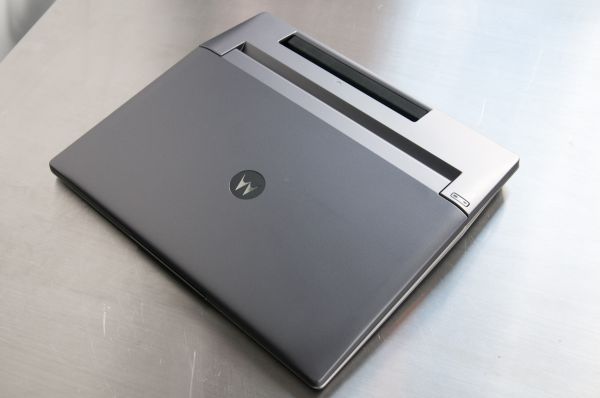


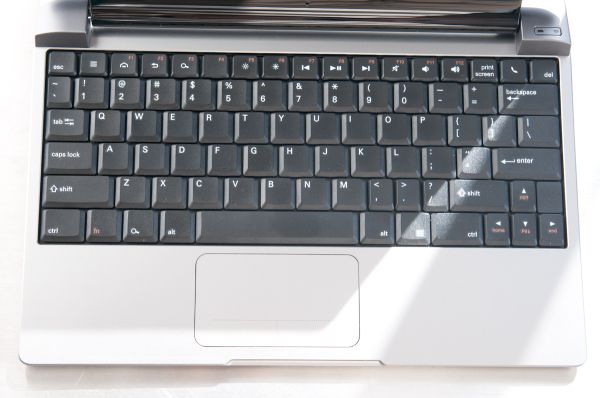
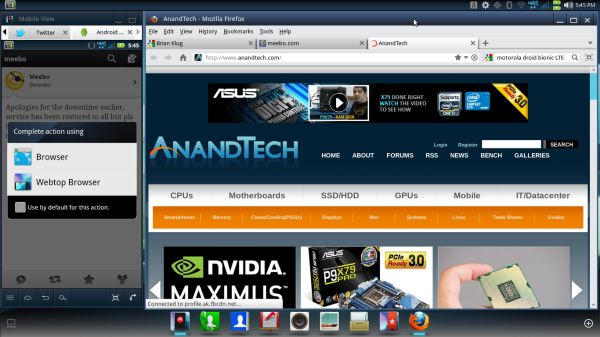
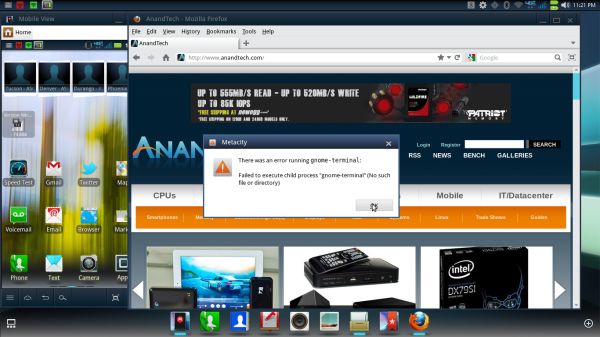
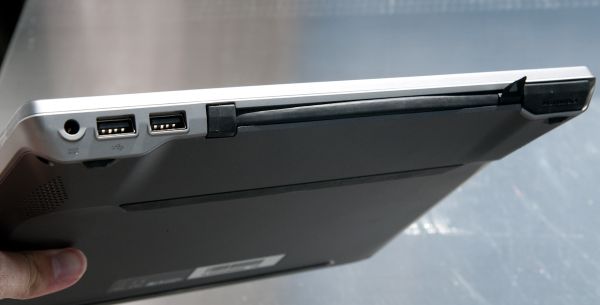















76 Comments
View All Comments
sjprg2 - Monday, December 19, 2011 - link
BIG DEFICIENCY!!!The hands free bluetooth implementation is broken in the sense that it no longer announces whom the caller is. Every previous Motorola phone I have owned tells me who is calling.
Califorina has a handsfree cellphone law and it is very important that I know whom is calling before I answer in the car in freeway traffic. Business calls I may answer, personal calls can wait. This is a deal breaker! I'm stuck with this until they fix it but I am damed unhappy and if I had known I would not have purchased it. It is more of a toy then a useful phone, granted an atractive toy, but still a toy.
Does the Apple 4S bluetooth work?
sjprg
QQBoss - Tuesday, December 20, 2011 - link
I am living in China, and trying to purchase the 4G version of the Razr (unlocked, of course, or at least unlockable). The Chinese version is the XT912, and does not have 4G support (which makes sense, since China doesn't have a 4G network yet). I travel back to the USA periodically, so having 4G for when I am not in China is worth something to me. I have heard said that the non-USA versions of the Razr might have 4G locked off, so this worries me.I found an XT910 brought in by grey market here, but I noticed some things that seem off: 1) it only says Razr, not Droid Razr (so it is probably not the USA version of the phone, I think it was from Singapore) 2) No documentation indicates whether or not it supports 4G, and it doesn't ship with anything other than a basic charger (if there was an external 16 GB microSDHC, it was removed by the seller) 3) Under the different networks supported in the menus, I find one that says "other" with no explanation (could be 4G, but since China networks don't recognize it, it doesn't register?).
I don't care about the lack of the SDHC, I will get a 32 GB class 10 anyway, and chargers are cheap here, but spending roughly US$500 and not getting the actual phone I want seems like a bad option- there are no refunds for grey market. Unfortunately, I didn't write down the baseband ID number. Anyone have a guess?
introiboad - Tuesday, December 20, 2011 - link
Worth mentioning that the RAZR is the second (after the 4S) phone to include support for BLE. Instead of waiting for Google to get their act together and add a standard API to Android, Moto has bundled its own stack (provided by a third party) along with a set of APIs.This makes for very interesting applications such as key fobs, hear rate monitors and many others.
dj christian - Thursday, December 22, 2011 - link
What is BLE?doobydoo - Tuesday, January 17, 2012 - link
It says what it means in his post title, 'Bluetooth Low Energy' - basically it's Bluetooth 4.0.http://www.bluetooth.com/Pages/Bluetooth-Smart-Dev...
verasingh - Wednesday, August 28, 2019 - link
I have finally found correct way to resolve fix canon printer offline error windows 10 .if you have needed this service then you come our websites .<a href="https://www.canonprintersupport247.com/blog/how-to... printer offline</a>